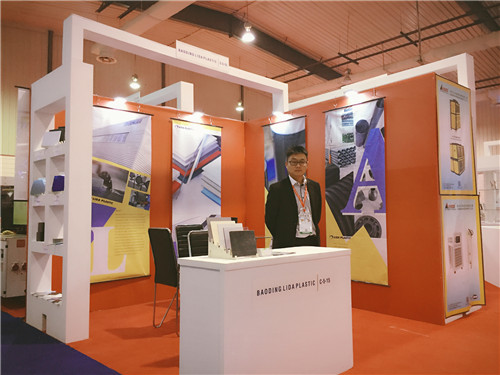Oct . 13, 2024 12:51 Back to list
Exploring the Benefits of PP Sandwich Sheets in Modern Applications
The Versatility of PP Sandwich Sheets A Comprehensive Overview
In the realm of modern construction and design, the integration of advanced materials is paramount. Among these, Polypropylene (PP) Sandwich Sheets have gained significant prominence due to their unique composition and versatile applications. These sheets, characterized by a lightweight yet robust structure, are revolutionizing various industries, from architecture to automotive manufacturing.
PP sandwich sheets consist of two outer layers made from polypropylene, enclosing a core material, which can vary in density and type. This sandwich structure provides an excellent strength-to-weight ratio, making the sheets an ideal choice for applications where durability is essential but weight minimization is also a priority. The core material’s properties can be tailored to suit specific performance needs, allowing for customization in thermal insulation, sound dampening, and even fire resistance.
The Versatility of PP Sandwich Sheets A Comprehensive Overview
In addition to their durability, these sheets are highly versatile in terms of aesthetics. Available in a variety of colors and finishes, they can be utilized in architectural designs that demand both functionality and visual appeal. Designers appreciate the ability to seamlessly integrate PP sandwich sheets into their projects, as they can be effectively combined with other materials. This compatibility opens up new horizons in creative expression, enabling innovative design solutions that were previously challenging to achieve.
pp sandwich sheet

Moreover, the installation and maintenance of PP sandwich sheets are relatively straightforward. Their lightweight nature simplifies handling and reduces labor costs during the construction process. Once installed, these sheets are easy to clean and require minimal upkeep, making them a favorite among contractors and property owners alike. This efficiency is particularly beneficial in high-traffic areas or settings requiring frequent sanitization, such as hospitals or food processing facilities.
The environmental impact of materials used in construction is becoming increasingly important as awareness of sustainability grows. PP sandwich sheets emerge as an environmentally friendly option, as they can be manufactured using recyclable materials and are themselves recyclable after their lifecycle ends. The production process can also be optimized to minimize waste and reduce the carbon footprint associated with their use, aligning with global efforts toward sustainable development.
In the automotive sector, PP sandwich sheets are gaining traction as a material for interior components such as dashboards, door panels, and even insulation layers. Their lightweight properties contribute to fuel efficiency, while their ability to absorb sound enhances the overall driving experience. Moreover, the aesthetic flexibility of these sheets allows automakers to create stylish, functional interiors without compromising on weight or performance.
In conclusion, PP sandwich sheets represent a remarkable advancement in material technology, offering a blend of durability, versatility, and sustainability. Their applications are varied, spanning across multiple industries and fulfilling diverse needs. As innovation continues to drive the construction, automotive, and design sectors, the demand for materials like PP sandwich sheets is likely to grow. The future looks bright for this versatile material, promising to lead the way toward smarter, more efficient, and aesthetically pleasing solutions in modern engineering and design.
-
High-Quality PPR Pipes and Fittings Durable ERA PPR & PVC PPR Solutions
NewsJul.08,2025
-
Black HDPE Cutting Board - Durable, Non-Porous & Food Safe HDPE Plastic Cutting Board
NewsJul.08,2025
-
High-Quality CPVC Panel Durable HDPE & PVC Panels Supplier
NewsJul.08,2025
-
Double PE Welding Rod Supplier - High Strength, Durable & Versatile Welding Solutions
NewsJul.07,2025
-
High-Quality PVC-O Pipe Supplier Durable 75mm PVC Pipe & Connections Leading PVC Pipe Company
NewsJul.07,2025
-
HDPE Drainage Pipe Supplier – Durable & Corrosion-Resistant Solutions
NewsJul.06,2025

